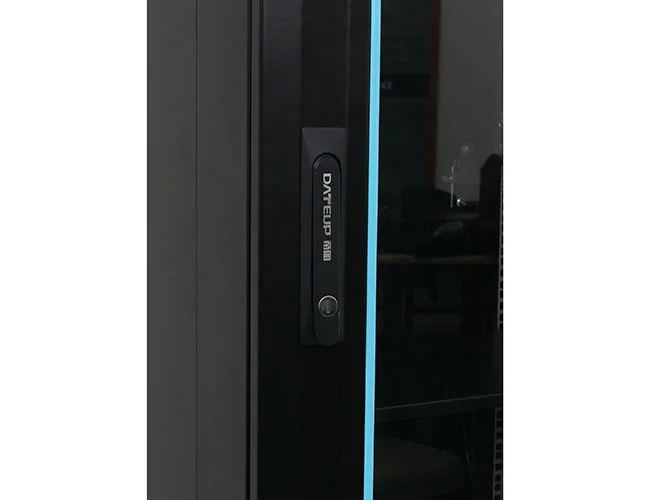News
Site Editor
 Site
https://leonetworkgroup.usa18.wondercdn.com/uploads/image/5fe152faa587d.png
Ribbon cables are flat and flexible cables commonly used to connect various electronic devices and peripherals. They are typically made up of multiple conductors that are arranged parallel to each other. Ribbon cables come in various lengths, sizes and with different connectors. Ensuring that they work correctly is crucial to the performance and functionality of electronic devices.There are severa
Site
https://leonetworkgroup.usa18.wondercdn.com/uploads/image/5fe152faa587d.png
Ribbon cables are flat and flexible cables commonly used to connect various electronic devices and peripherals. They are typically made up of multiple conductors that are arranged parallel to each other. Ribbon cables come in various lengths, sizes and with different connectors. Ensuring that they work correctly is crucial to the performance and functionality of electronic devices.There are severa
How To Test Ribbon Cable
Views: 425
Author: Site Editor
Publish Time: 2023-07-11
Origin: Site
Ribbon cables are flat and flexible cables commonly used to connect various electronic devices and peripherals. They are typically made up of multiple conductors that are arranged parallel to each other. Ribbon cables come in various lengths, sizes and with different connectors. Ensuring that they work correctly is crucial to the performance and functionality of electronic devices.
There are several methods for testing ribbon cables, including visual inspection, continuity testing, and capacitance measurement. These methods can be used to verify the integrity, connectivity, and insulation of the cable.
Visual Inspection
Visual inspection of the ribbon cable is the simplest and quickest way to detect any damage to the cable. You can look for any visible signs of damage, such as cuts, cracks, or any abrasions to the surface that could potentially damage the cables. Inspect the connectors for any breaks, bends or any misalignments to ensure that they are properly attached and aligned.
Continuity Testing
Continuity testing is used to verify that the conductors in the ribbon cable are properly connected and in good condition. This is done by using a multimeter to measure the continuity of the conductors in the cable. It's a simple process that involves setting the multimeter to the continuity testing mode, then touching the probes to the corresponding conductors on both ends of the cable. If the multimeter indicates a connection, the conductors are considered working.
Capacitance Measurement
Capacitance measurement refers to the ability of the conductor to hold an electrical charge, and it's an essential parameter for ribbon cables. It's done by using a digital capacitance meter to measure the capacitance of the cable. Connect the leads of the capacitance meter to the respective conductors on each end of the ribbon cable. Measure the capacitance value and compare it with the manufacturer's specifications, and if they are within the desired range, the cable is considered functional.
Conclusion
Testing ribbon cables involve a combination of visual checks and electronic testing to ensure that the cable is functional. Continuity testing and capacitance measurement are two essential methods to verify the cable's conductivity, integrity, and insulation. Visual inspection is necessary to identify any visible signs of damage or wear and tear. By employing these testing methods, you can ensure that the ribbon cable is working adequately and avoid any potential performance issues during use.
If you want to know more about industrial network cabinet,china fiber optic splice closure,china fiber optic distribution box,please consult the fiber optic splice closure factory









